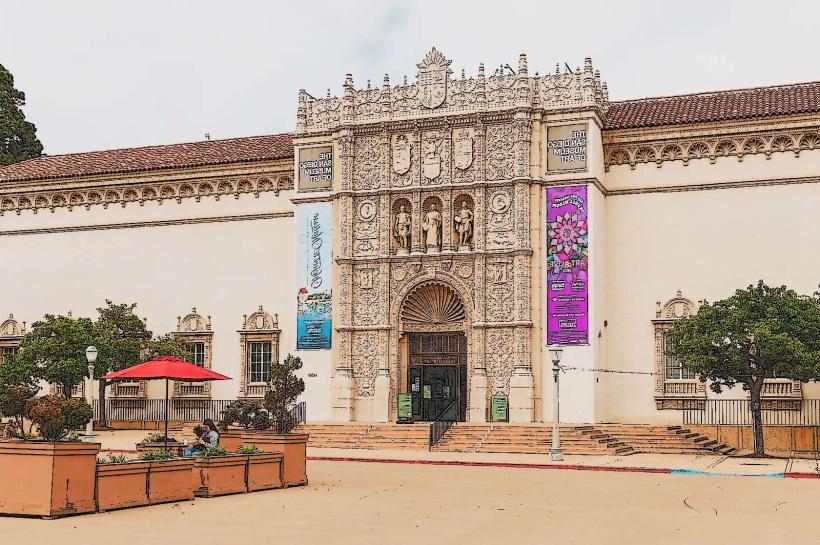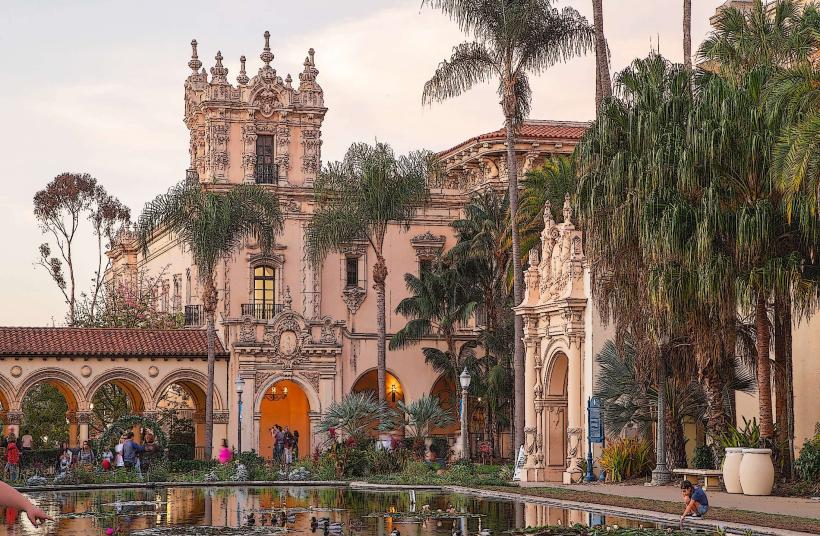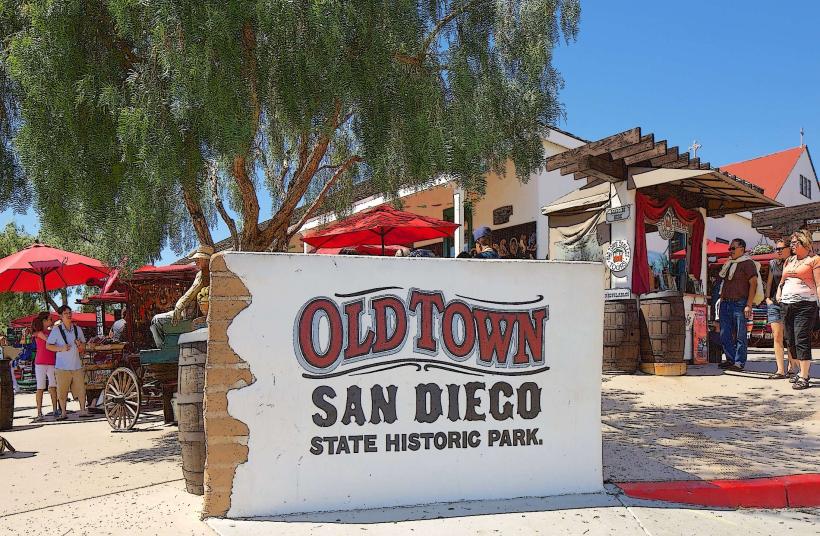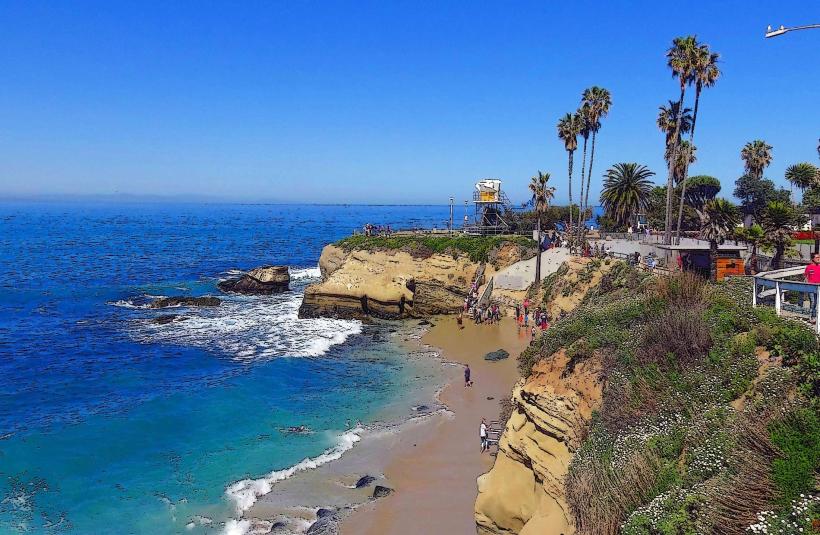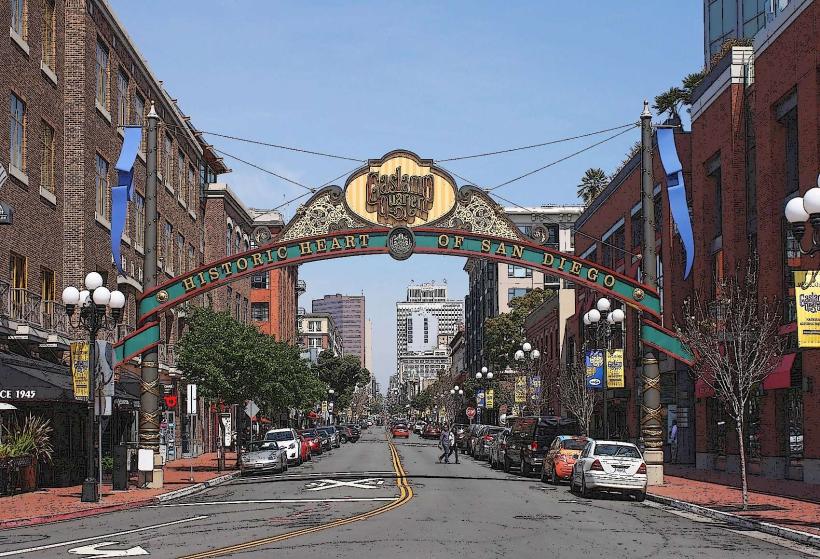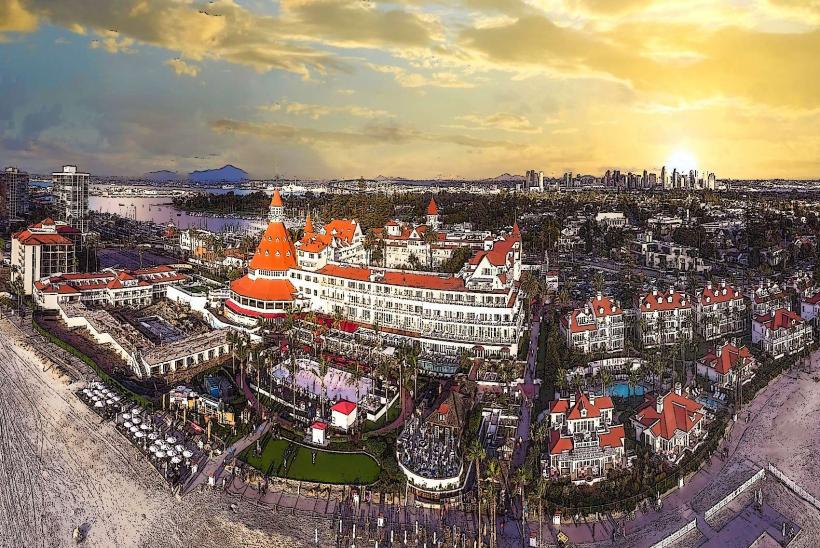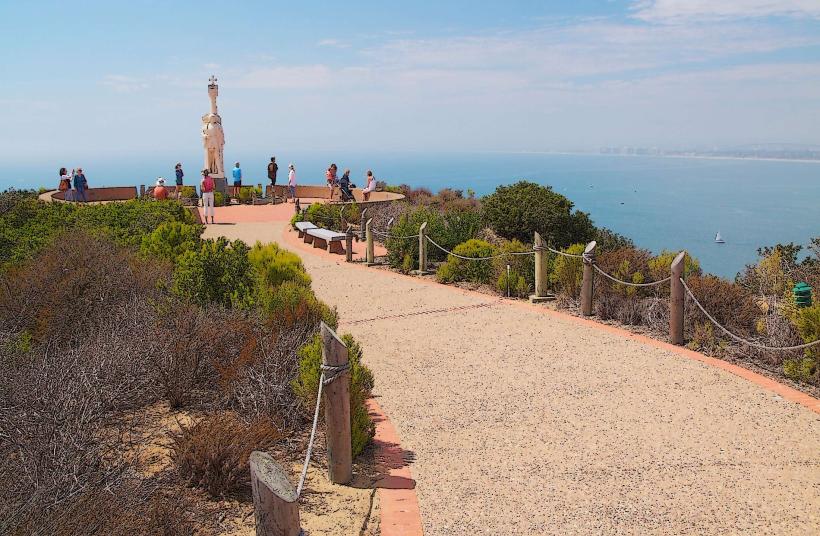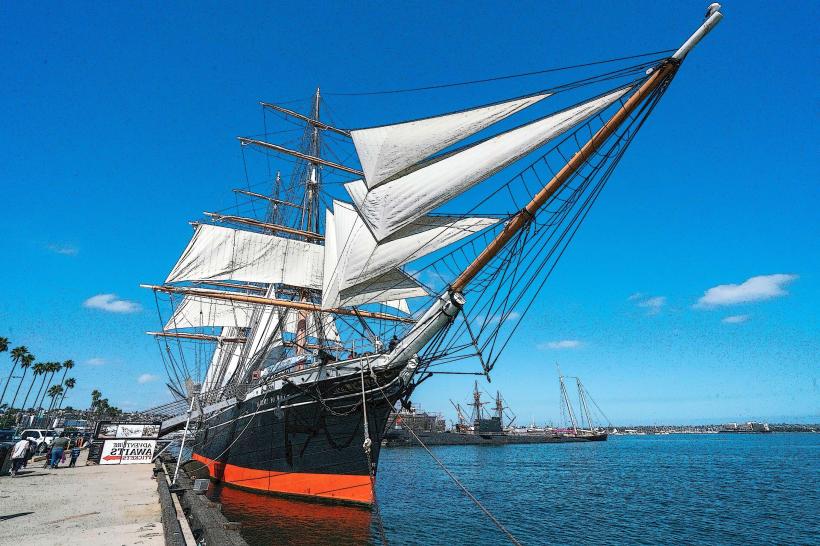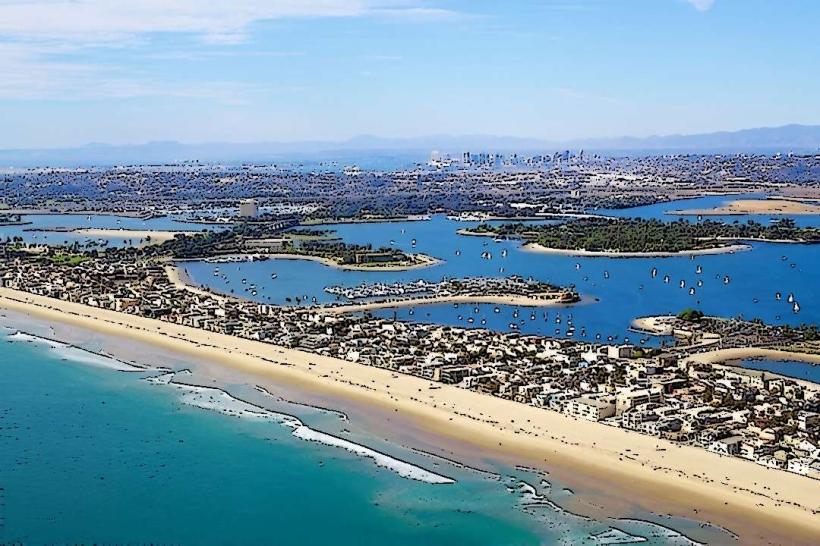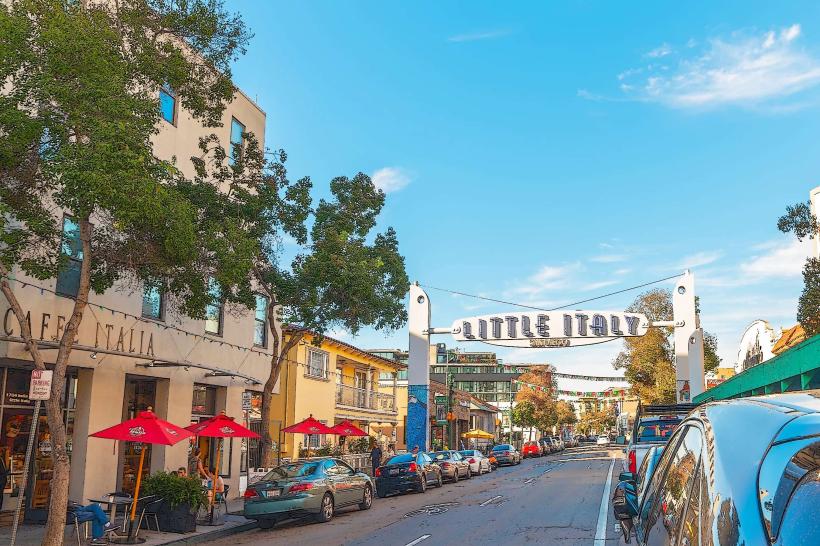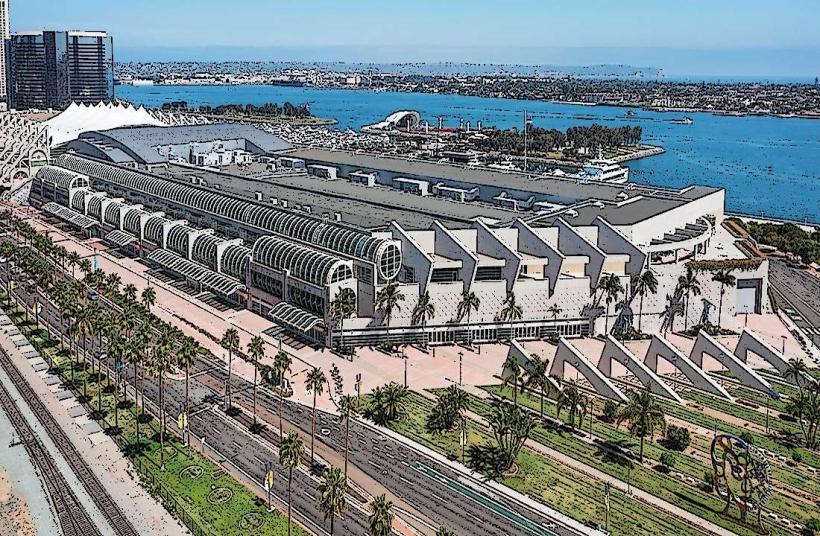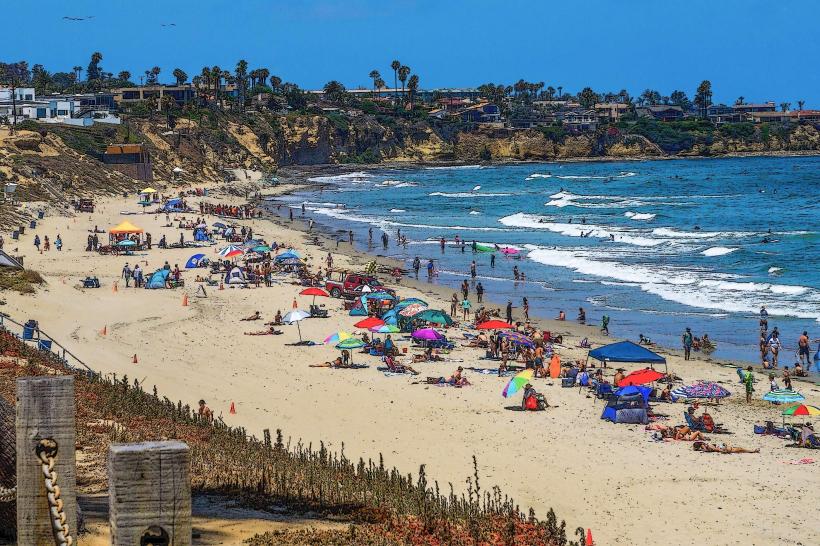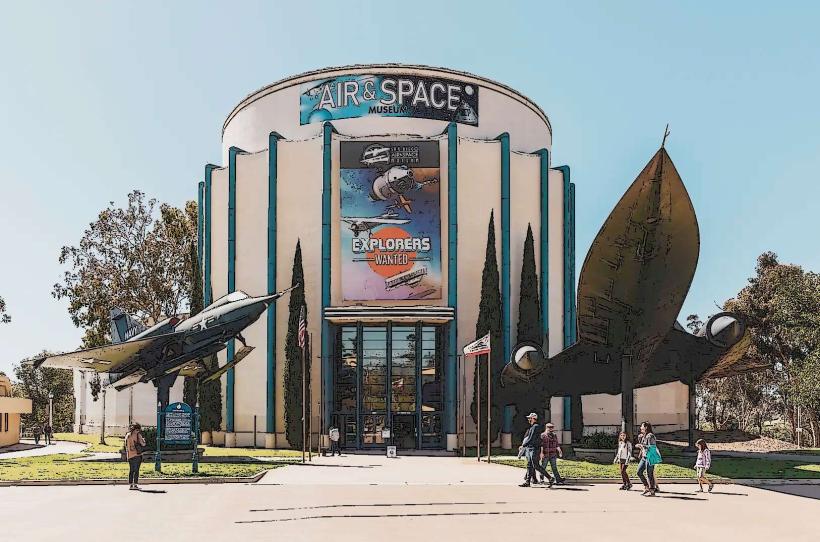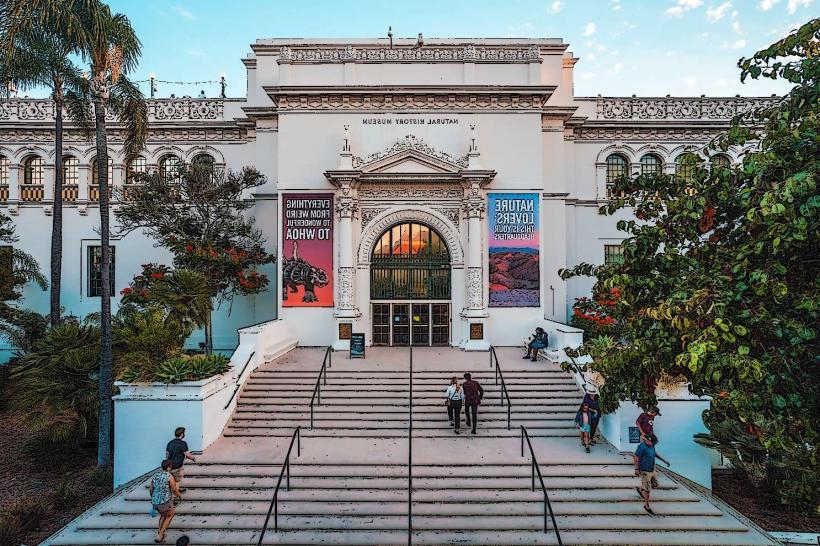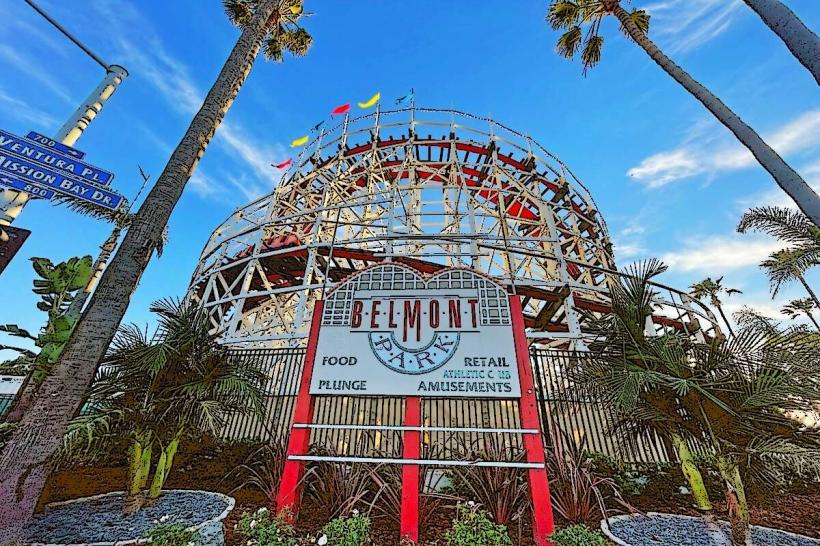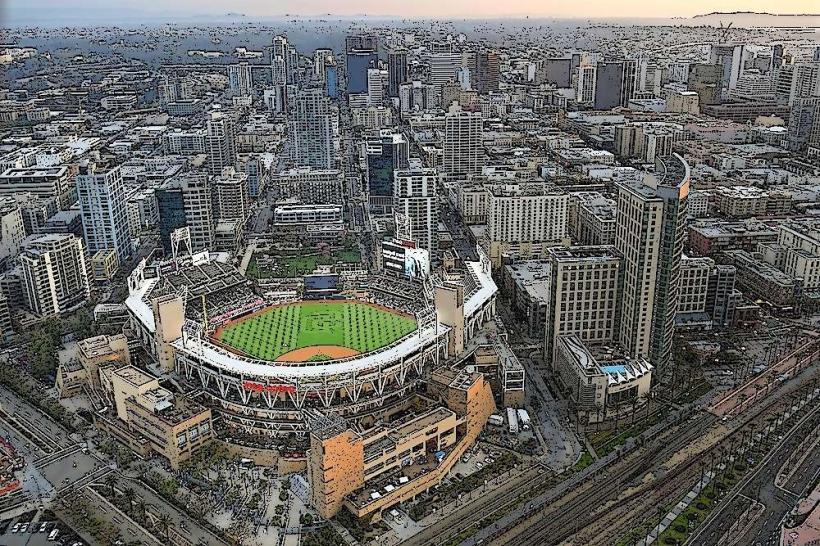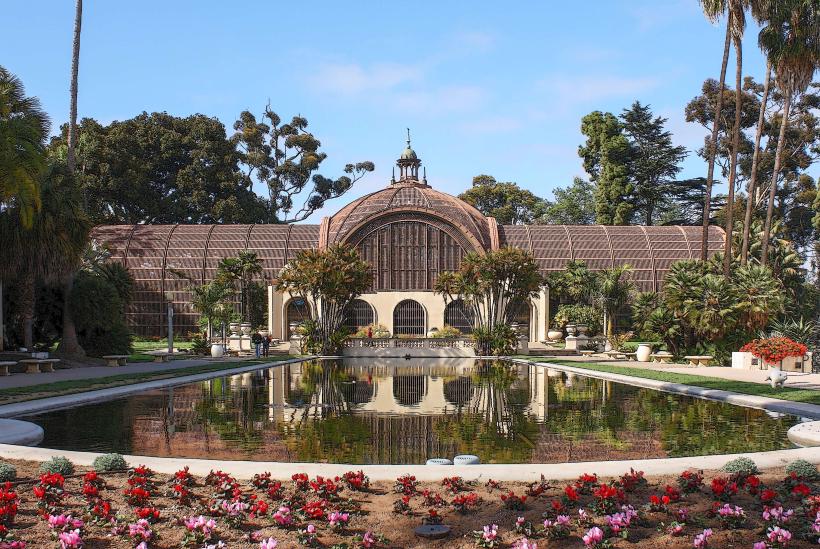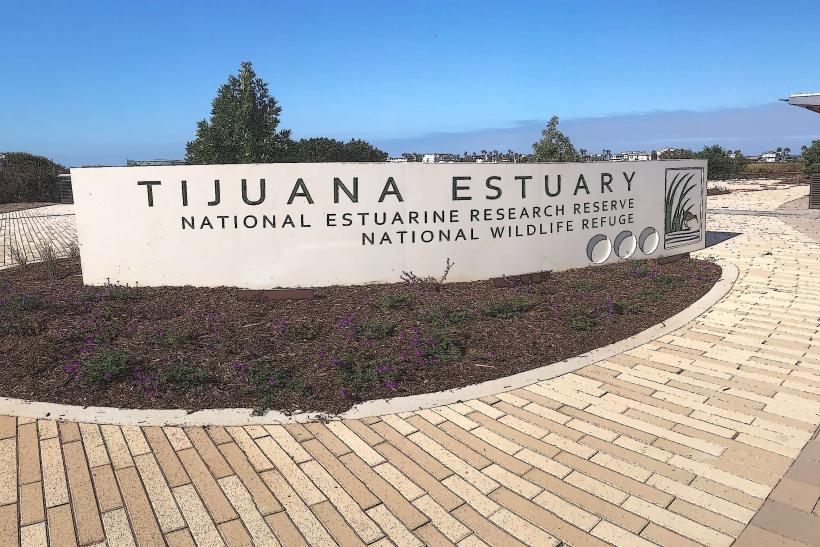Information
Landmark: San Diego ZooCity: San Diego
Country: USA California
Continent: North America
San Diego Zoo, San Diego, USA California, North America
The San Diego Zoo is one of the most famous and respected zoological institutions in the world. Located in Balboa Park in San Diego, California, it spans approximately 100 acres and is home to more than 12,000 animals representing over 650 species and subspecies. Renowned for its pioneering role in open-air, cage-less exhibits that closely replicate natural habitats, the zoo is a leader in conservation, animal care, research, and education.
Historical Overview
Founded: In 1916, by Dr. Harry Wegeforth, a San Diego physician inspired by exotic animal displays at the Panama–California Exposition.
Originally operated by the Zoological Society of San Diego, the zoo quickly became a symbol of modern zoology.
The zoo's early mission to provide naturalistic environments revolutionized how animals were exhibited, setting a new standard for global zoos.
Location and Layout
Situated in Balboa Park, near downtown San Diego, the zoo’s hilly terrain is lush with tropical and subtropical vegetation.
The layout is organized geographically and ecologically, grouping animals by habitat and continent (e.g., African Rainforest, Asian Passage, Australian Outback).
The zoo is famous for its immersive design, such as moated enclosures, walk-through aviaries, and mixed-species habitats.
Major Habitats and Exhibits
1. Africa Rocks
A modern, award-winning exhibit showcasing African ecosystems, from Madagascar’s lemurs to penguins, leopards, and geladas.
Features recreated habitats such as rocky coasts, savannas, and acacia woodlands.
2. Elephant Odyssey
A blend of ancient and modern: African elephants share space with animals representing extinct Pleistocene megafauna, like the California condor, lions, and tapirs.
Includes life-sized replicas of prehistoric animals found in Southern California.
3. Asian Passage and Panda Canyon (formerly)
Once home to the iconic giant pandas, which were repatriated to China in 2019.
Still hosts other Asian species like red pandas, snow leopards, and amur leopards.
4. Lost Forest
A dense, jungle-like area housing species such as gorillas, chimpanzees, orangutans, okapis, and exotic birds.
Features canopy-level walkways for immersive viewing of primates and birds.
5. Outback and Urban Jungle
Home to Australian marsupials like koalas, kangaroos, wombats, and tasmanian devils.
Also includes giraffes, zebras, rhinoceroses, and cheetahs in open, naturalistic settings.
6. Northern Frontier
Focuses on colder climate species such as polar bears, arctic foxes, and reindeer.
The Polar Bear Plunge exhibit features underwater viewing windows and simulated Arctic terrain.
Special Features
Botanical Collection
The zoo is also an accredited botanical garden, featuring more than 700,000 individual plants, including rare palms, orchids, cycads, and bromeliads.
The plant collection not only adds beauty but provides authentic habitats for animals.
Aviaries
Several massive walk-through aviaries house birds from Africa, Asia, and the Americas.
These offer multi-level viewing platforms and a chance to see birds fly freely in naturalistic environments.
Children’s Zoo (Wildlife Explorers Basecamp)
A recently revamped, state-of-the-art facility with interactive learning stations, small animal encounters, water play areas, and ecosystems from deserts to rainforests.
Features species such as naked mole-rats, fennec foxes, and reptiles, aimed at hands-on learning for children.
Animal Care and Conservation
The San Diego Zoo is not just a place to see animals—it's a global conservation powerhouse:
San Diego Zoo Wildlife Alliance: The parent organization that manages both the Zoo and the San Diego Zoo Safari Park in Escondido, as well as global conservation initiatives.
Frozen Zoo: A groundbreaking facility at the Beckman Center for Conservation Research, storing genetic material (e.g., sperm, eggs, embryos, tissue) from over 1,000 species for future preservation and potential reintroduction.
Conservation Programs: Actively works to save species such as:
California condors
Northern white rhinos
Amphibians in Panama
Island foxes
Elephants, tigers, and leopards in Asia and Africa
Visitor Experience
Transportation: The zoo is large and hilly, but features:
Guided Bus Tours: 35-minute narrated ride that covers most of the zoo.
Kangaroo Express Buses: Hop-on-hop-off style transport for convenience.
Skyfari Aerial Tram: Offers panoramic views of the zoo and Balboa Park.
Dining and Shopping: Numerous cafes, restaurants, and gift shops provide themed merchandise and cuisine, including vegetarian and vegan options.
Accessibility: The zoo is ADA-compliant, offering wheelchair rentals, accessible paths, and sensory-friendly materials.
Events and Experiences:
Animal Encounters
Behind-the-scenes tours
Wildlife talks and feeding demonstrations
Seasonal events like Jungle Bells (holiday festival) and HalGLOWeen (Halloween celebration)
Reputation and Recognition
Often ranked among the top zoos in the world, alongside facilities like the Bronx Zoo, Singapore Zoo, and Loro Parque.
Known for its animal welfare standards, innovative enclosures, and commitment to education.
A model for modern zoos worldwide, blending entertainment with science, ethics, and conservation.
Conclusion
The San Diego Zoo is more than just a tourist attraction—it's a symbol of progress in zoological care, wildlife preservation, and education. Its immersive design, world-class facilities, and dedication to endangered species make it a vital institution not just for San Diego, but for the global effort to understand and protect the natural world. Whether visiting as a family, a wildlife enthusiast, or a casual tourist, it offers an unforgettable experience that bridges curiosity, wonder, and responsibility for nature.

